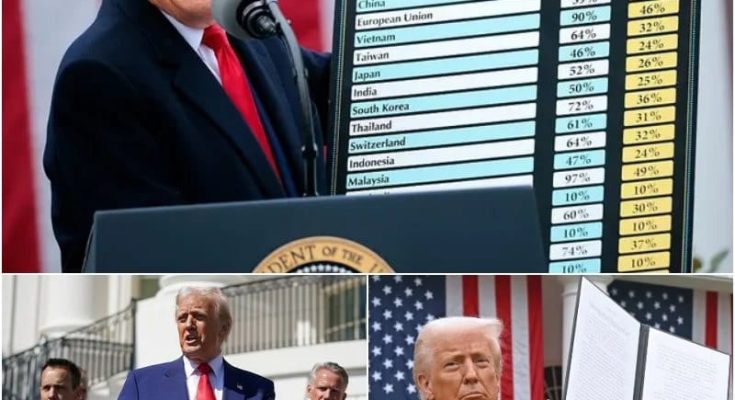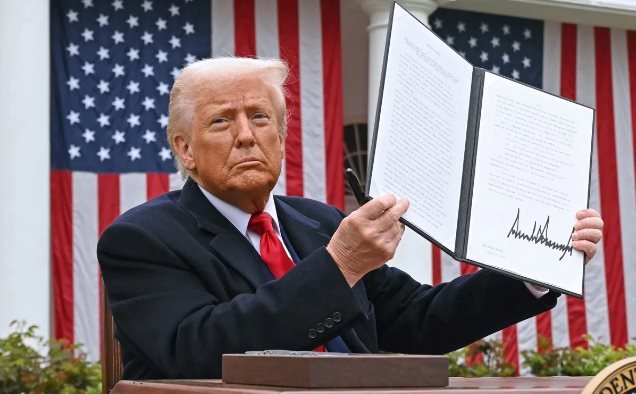
In a move that has sent ripples through global markets and political spheres alike, former President Donald Trump has announced a 90-day delay in implementing new tariffs, while simultaneously increasing existing tariffs on Chinese goods to a staggering 125%. This dual-action decision represents not only a dramatic escalation in U.S.-China trade tensions but also a calculated maneuver that could have far-reaching consequences for businesses, consumers, and international diplomacy. With his typical blend of boldness and unpredictability, Trump’s latest move appears to be aimed at leveraging maximum economic pressure on China while allowing room for strategic negotiations.
**Background: The Evolution of the U.S.-China Trade War**
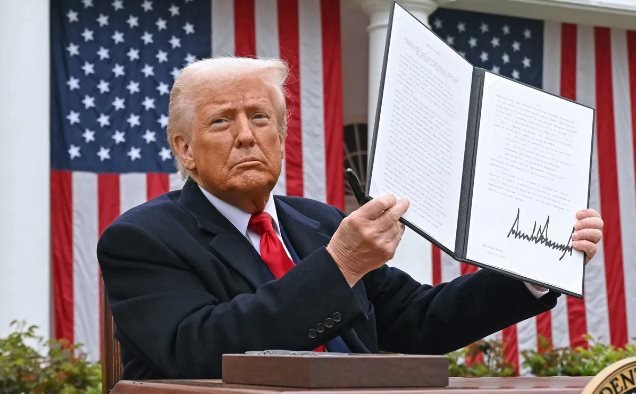
The U.S.-China trade war has been a defining feature of global economics over the last decade. Initiated during Trump’s first term in office, it has included waves of tariffs, retaliatory measures, and prolonged negotiations. The trade dispute initially began as an attempt to address trade imbalances, intellectual property theft, and unfair subsidies provided by the Chinese government to its domestic industries.
Despite various attempts at resolution, including the signing of the “Phase One” trade agreement in January 2020, tensions have continued to simmer. This latest announcement marks a significant escalation and reflects Trump’s continued belief in tariffs as a primary tool for correcting what he sees as chronic trade injustices.
**The 90-Day Delay: A Strategic Pause or a Tactical Diversion?**
The 90-day delay in the imposition of new tariffs appears, at first glance, to be a conciliatory gesture. It provides a temporary reprieve for businesses and supply chains already under stress from previous rounds of tariffs. However, analysts believe this delay is anything but a retreat. Instead, it may be a calculated pause to allow American companies time to prepare for the more punitive measures ahead.
This delay could also be intended to give negotiators from both countries one last opportunity to avoid further escalation. By holding off for 90 days, Trump creates a window where behind-the-scenes diplomacy could potentially avert a complete breakdown in trade relations. However, the increase in existing tariffs to 125% sends a clear message: the U.S. is willing to intensify economic warfare if concessions are not made.
**125% Tariffs: The Highest in Modern History**
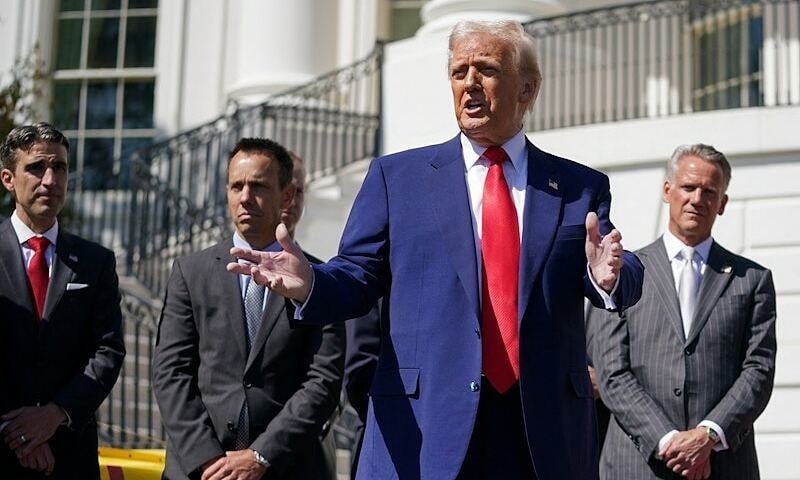
The decision to raise tariffs on Chinese goods to 125% is unprecedented. Such a high rate effectively prices many Chinese products out of the U.S. market. It is designed to disincentivize American businesses and consumers from purchasing Chinese-made goods, thereby reducing the trade deficit and pressuring China to alter its trade practices.
For context, previous tariff increases during the trade war rarely exceeded 25% to 30%. A jump to 125% is not just an economic decision—it is a political statement. It signals Trump’s intention to adopt an aggressive stance on China, particularly as global concerns over supply chain dependence and national security rise.
**Impact on American Businesses and Consumers**
While the intent of these tariffs is to protect American industries and promote domestic manufacturing, the reality is far more complex. Tariffs at such high levels inevitably lead to increased prices for imported goods. American retailers, manufacturers, and consumers are all likely to feel the sting.
Small and medium-sized businesses that rely on Chinese components may be forced to pass costs onto consumers or seek more expensive alternatives. Meanwhile, industries such as electronics, apparel, and automotive manufacturing could experience significant disruptions. Even large corporations with diversified supply chains will face challenges adjusting in such a short timeframe.
**China’s Response: Retaliation or Negotiation?**
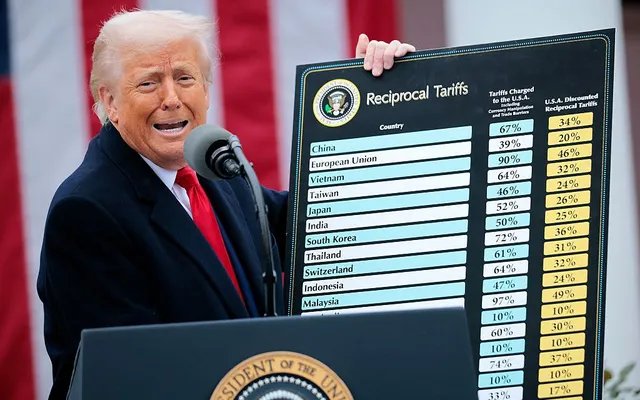
China’s response to Trump’s announcement will be critical. Historically, China has retaliated in kind, imposing its own tariffs on American agricultural goods, industrial products, and services. However, with the global economy already strained by geopolitical uncertainty and inflation, Beijing may consider a more measured approach.
There is speculation that China may use the 90-day delay to propose new negotiations or offer concessions, particularly if the economic impact of the tariffs begins to bite at home. Conversely, the Chinese government may double down on self-reliance and seek to strengthen alliances with alternative trade partners such as the European Union, Russia, and Southeast Asian nations.
**Geopolitical Implications: A Global Domino Effect**
The implications of these trade decisions go far beyond the U.S. and China. Global supply chains are intricately connected, and any disruption in the world’s two largest economies can trigger ripple effects worldwide. Countries that depend on trade with both the U.S. and China may be forced to choose sides or face economic whiplash.
Additionally, Trump’s move could embolden other countries to adopt more protectionist policies. The World Trade Organization (WTO) may come under increased pressure to mediate the escalating conflict, but its influence has been waning in recent years, especially under Trump’s prior administration.
**Political Ramifications for Trump and His Rivals**
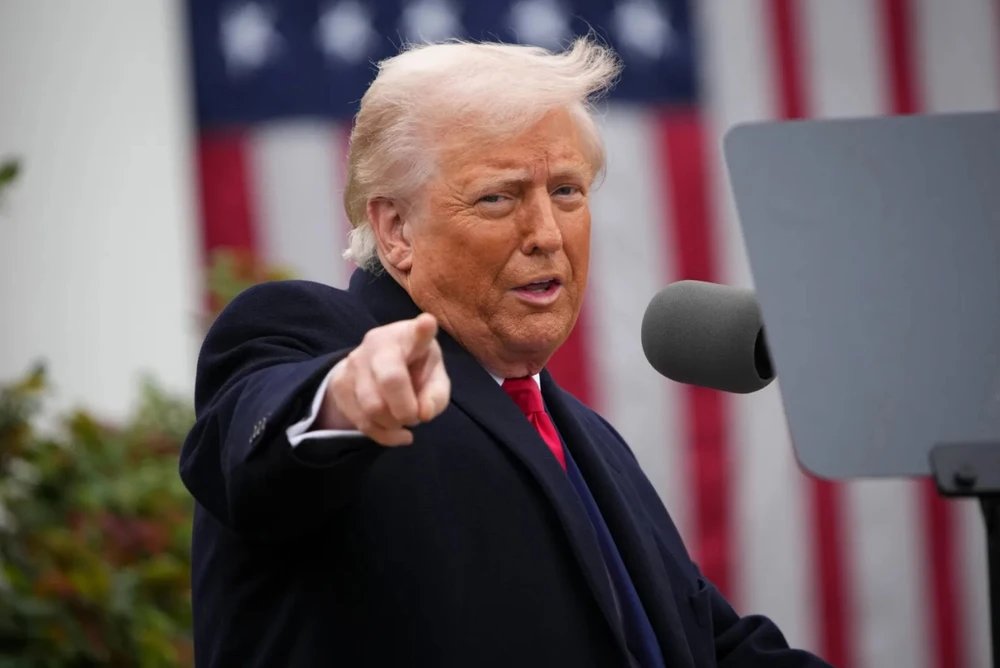
Trump’s decision to intensify the trade war comes at a politically charged time. As he continues his bid for re-election, strong action against China plays well with his base, which views tariffs as a tool for job creation and national strength. By delaying the tariffs for 90 days, Trump can also portray himself as a reasonable negotiator who is giving peace a chance—albeit on his terms.
However, critics argue that such aggressive moves could backfire politically. Rising consumer prices and economic uncertainty could alienate moderate voters and business leaders. Rivals may seize on this issue to portray Trump as reckless and economically destabilizing.
**Economic Forecast: What Lies Ahead?**
Economists are divided on the long-term implications of Trump’s tariff escalation. Some believe that the move will strengthen domestic industries by reducing dependence on Chinese imports and fostering homegrown innovation. Others argue that the short-term pain—supply chain disruptions, inflationary pressure, and trade uncertainty—could outweigh the benefits.
Market reactions have been mixed, with investors expressing concern over prolonged instability. Stock indexes dipped slightly after the announcement, and currency markets saw increased volatility, particularly around the yuan and the dollar.
**Voices from the Business Community**
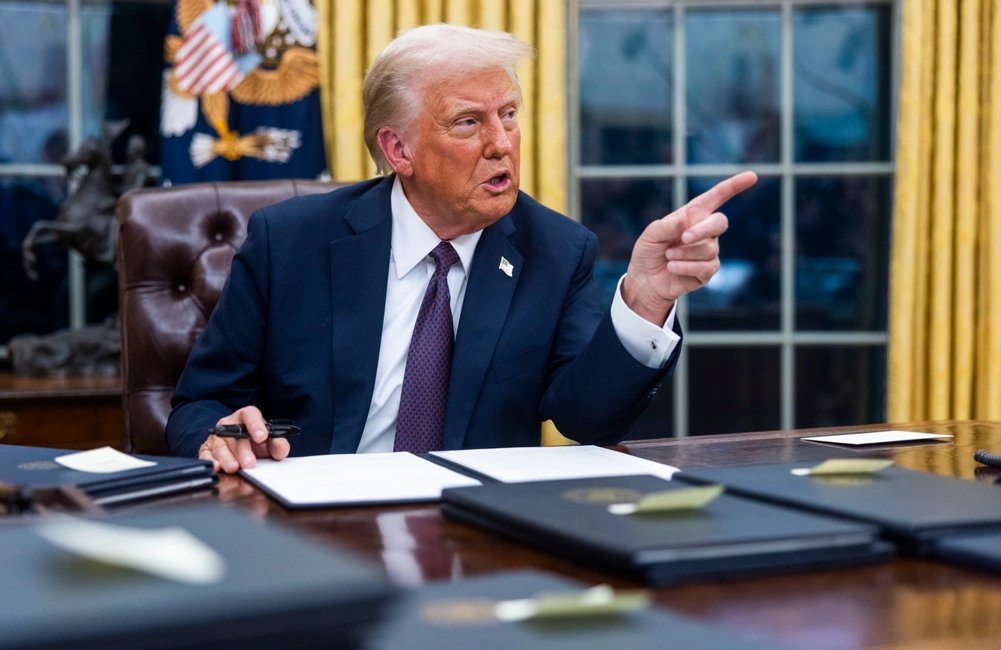
The business community has responded with a mix of alarm and guarded optimism. The U.S. Chamber of Commerce and the National Retail Federation have both expressed concerns over the increased cost of doing business and the potential for retaliatory measures from China.
Some CEOs, particularly in the manufacturing and agriculture sectors, are hopeful that the tariffs will eventually level the playing field. Others worry that unpredictable policy shifts could damage long-term planning and investment.
**Looking Ahead: Will the Strategy Work?**
Only time will tell whether Trump’s gamble pays off. If China concedes to U.S. demands within the 90-day window, the strategy may be hailed as a masterstroke in economic statecraft. However, if tensions escalate into a full-scale trade war, the consequences could be dire—not only for the U.S. and China but for the entire global economy.
Observers will be watching closely to see how both sides maneuver in the coming weeks. Will cooler heads prevail and return to the negotiating table, or will nationalist fervor and economic brinkmanship dominate?
**Conclusion: A High-Stakes Game with Global Consequences**
Trump’s announcement of a 90-day delay coupled with a dramatic increase in tariffs on China to 125% has undoubtedly raised the stakes in an already volatile trade war. This move underscores his unwavering commitment to “America First” policies while setting the stage for a pivotal period in global trade relations.
Whether it results in successful negotiations or triggers a new chapter of economic confrontation, one thing is clear: the world is watching. Businesses, policymakers, and everyday consumers must now brace themselves for the unfolding drama of U.S.-China trade tensions—where every decision could tip the balance of global economic power.
